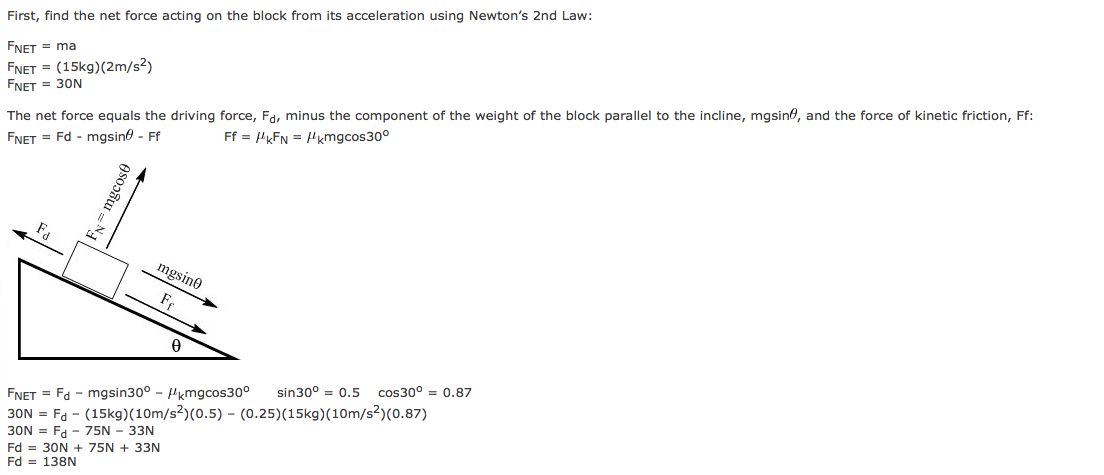D
deleted388502
Okay! So I know that friction always opposes the direction of motion. So if you have like a box on an inclined plane, friction will oppose the direction of gravity. I got an interesting problem today that I got wrong that made me want to clear something up:


I think I misunderstood the question when I first did it because I had friction pointing the other way, assuming that it was still opposing the force of gravity. My question is how I should have known to draw friction in the direction of gravity when I drew the free body diagram?
The answer choices tipped me off for sure, but I haven't come across question like this recently and was wondering if someone could explain to me how I would know when friction would be acting in the same direction as direction of motion from the wording of a question.
If something has overcome its coefficient of static friction, and has kinetic friction, does it therefore have kinetic friction acting in the same direction of motion then?
Pretty simple question, but I just wanted to make sure I had this down.
Thanks!


I think I misunderstood the question when I first did it because I had friction pointing the other way, assuming that it was still opposing the force of gravity. My question is how I should have known to draw friction in the direction of gravity when I drew the free body diagram?
The answer choices tipped me off for sure, but I haven't come across question like this recently and was wondering if someone could explain to me how I would know when friction would be acting in the same direction as direction of motion from the wording of a question.
If something has overcome its coefficient of static friction, and has kinetic friction, does it therefore have kinetic friction acting in the same direction of motion then?
Pretty simple question, but I just wanted to make sure I had this down.
Thanks!
Last edited by a moderator:

